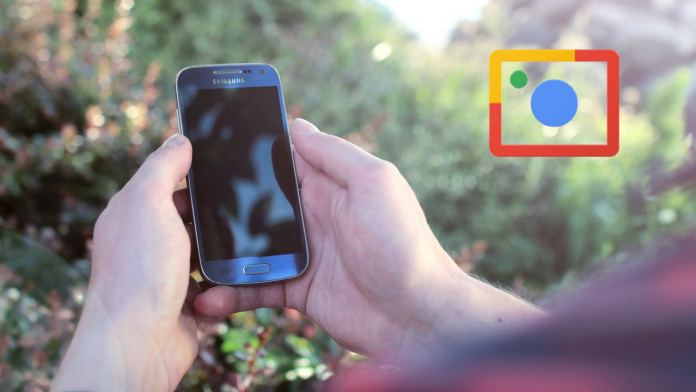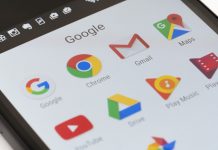
Google Lens, powered by AI has had its biggest expansion, now rolling out widely for other Android users. Although it hasn’t been made available to all users, most people with Google Photos will get it and it’s been announced that soon it shall roll out for iOS as well.
In the beginning, Google Lens was made available only to Pixel users, but before Lens, Google Goggles was an early app version and it was first released last year for Pixel users exclusively too.
However, Google’s expansion game has been playing out well as the market remains excited by the practical Lens tool in Google Photos, allowing Android users to have a taste of the AI-powered image recognition app.
Rolling out today, Android users can try Google Lens to do things like create a contact from a business card or get more info about a famous landmark. To start, make sure you have the latest version of the Google Photos app for Android: https://t.co/KCChxQG6Qm
Coming soon to iOS pic.twitter.com/FmX1ipvN62— Google Photos (@googlephotos) March 5, 2018
How does Google Lens work?
Google Lens works thanks to an AI recognition system when a user takes a photograph of a book, a landmark, or most points of interest, Google will run it through their database and provide a card with relevant information about the subject of the photograph. Depending on what the user scans, Lens will provide different information.
For example, if a business card is scanned, Lens will ultimately deliver the contact’s email address, phone number and finally, it will add the contact to the user’s contact list. When it comes to landmarks or any place, Google Lens depends on what Google can recognize. So, if there is information available, Lens will drop an info card with a description and facts.
The Lens feature on Google Photos can be launched by basically tapping on the Lens icon in pictures uploaded to the application.
Why Google Lens in Photos is useful
Google Lens is not only limited to historical buildings or business utilities. It can also be used to identify leisure products like artworks, enhancing information about the artist that created them; or flower types, by providing facts and possible medical uses. It also works with other objects in nature and Lens even recognizes international dishes and their recipes all through pictures and simple icons.
It also displays the translation of foreign languages, and now AI and Google allow us to carry on easily with usually complicated tasks. Lens can be seen by many as a gateway tool for knowledge and it also allows users to experiment when it comes to new subjects that they may point at with their cameras.
Google Lens is a feature that will allow more and more users to embrace their smartphones as discovery and learning tools. The idea behind apps like these is to achieve the vision of realistically enhancing human capacity by increasing the range of tasks we can perform with a device that is virtually an extension of ourselves.
Source: 9 to 5 Google










